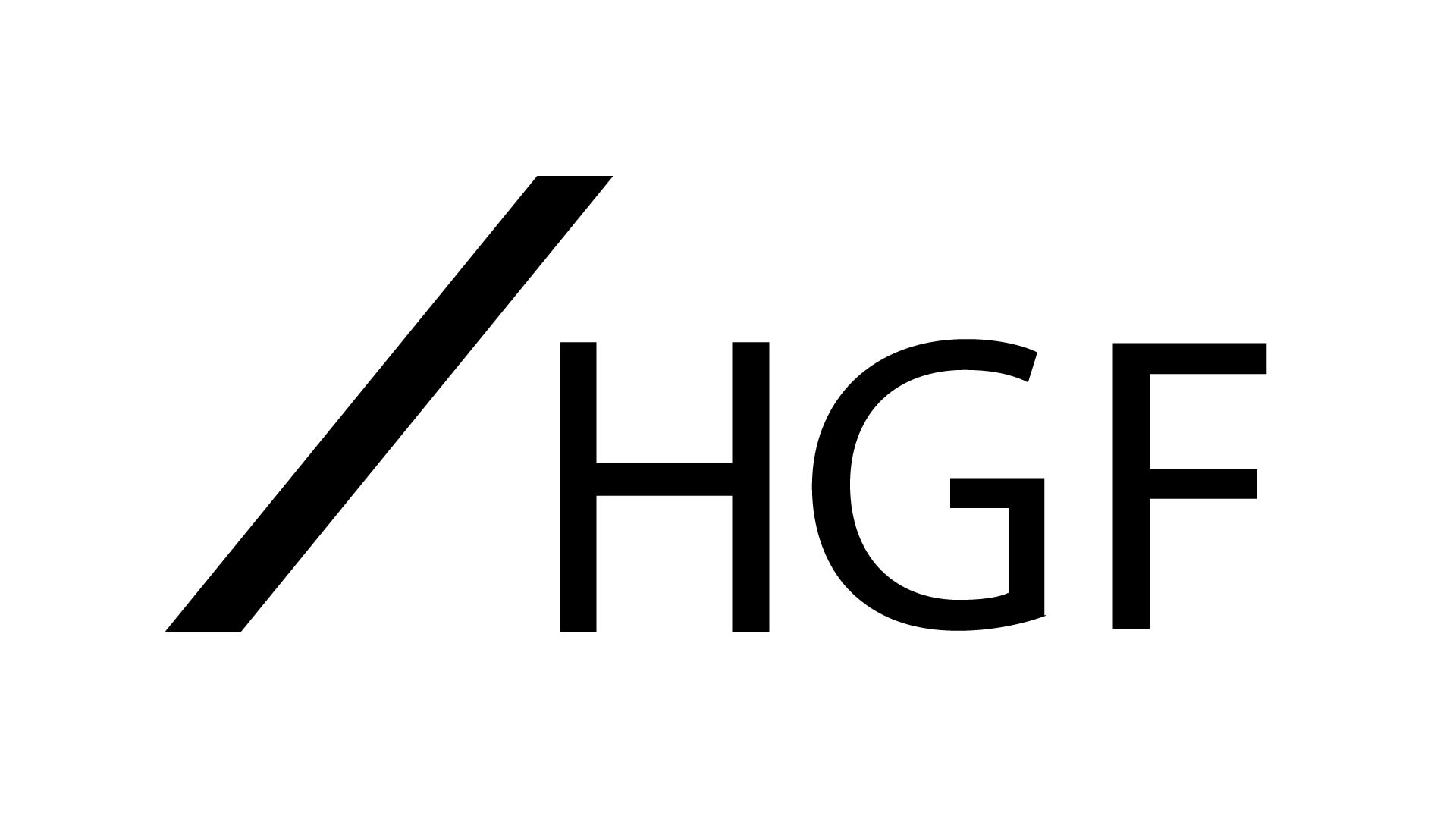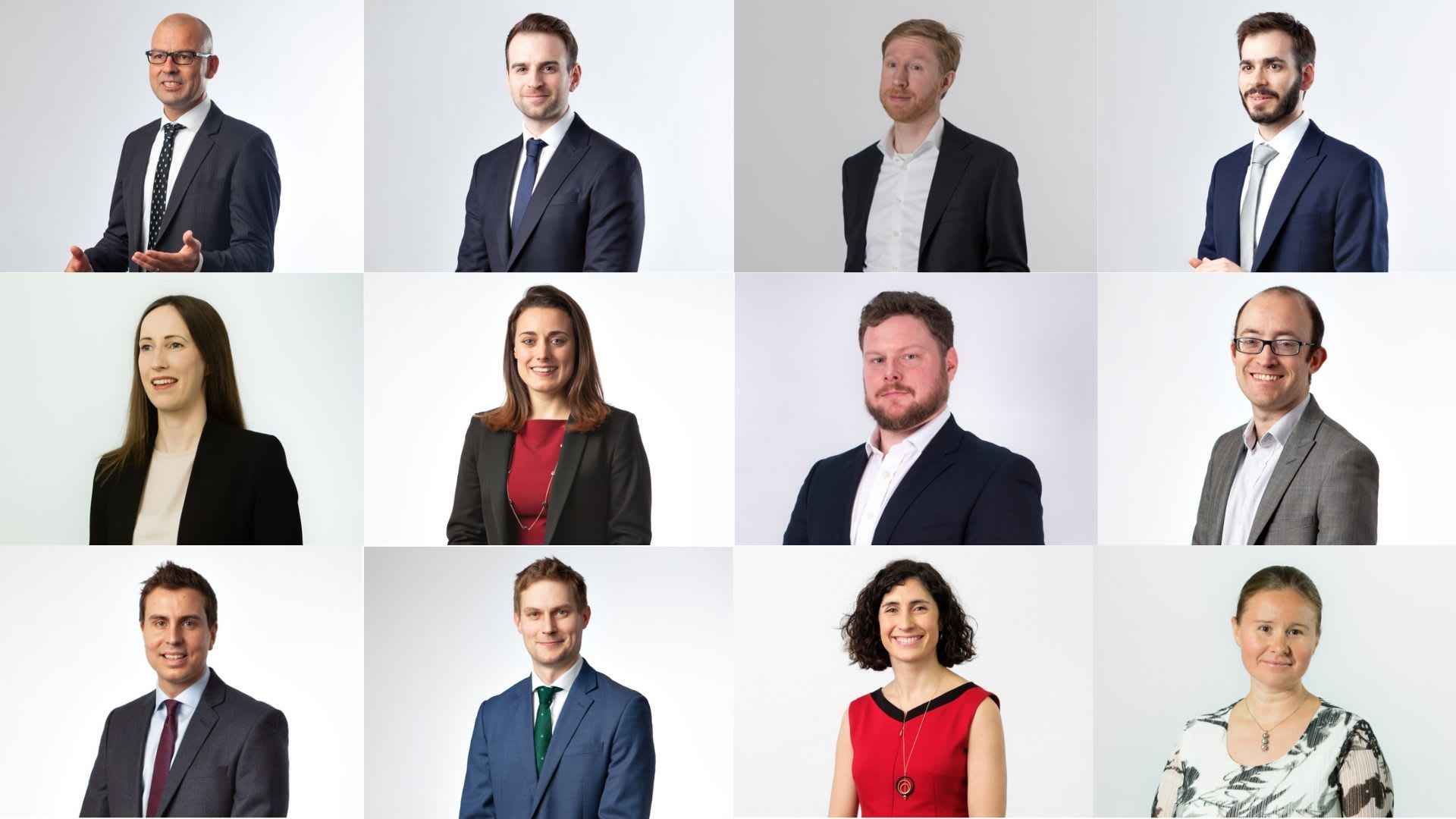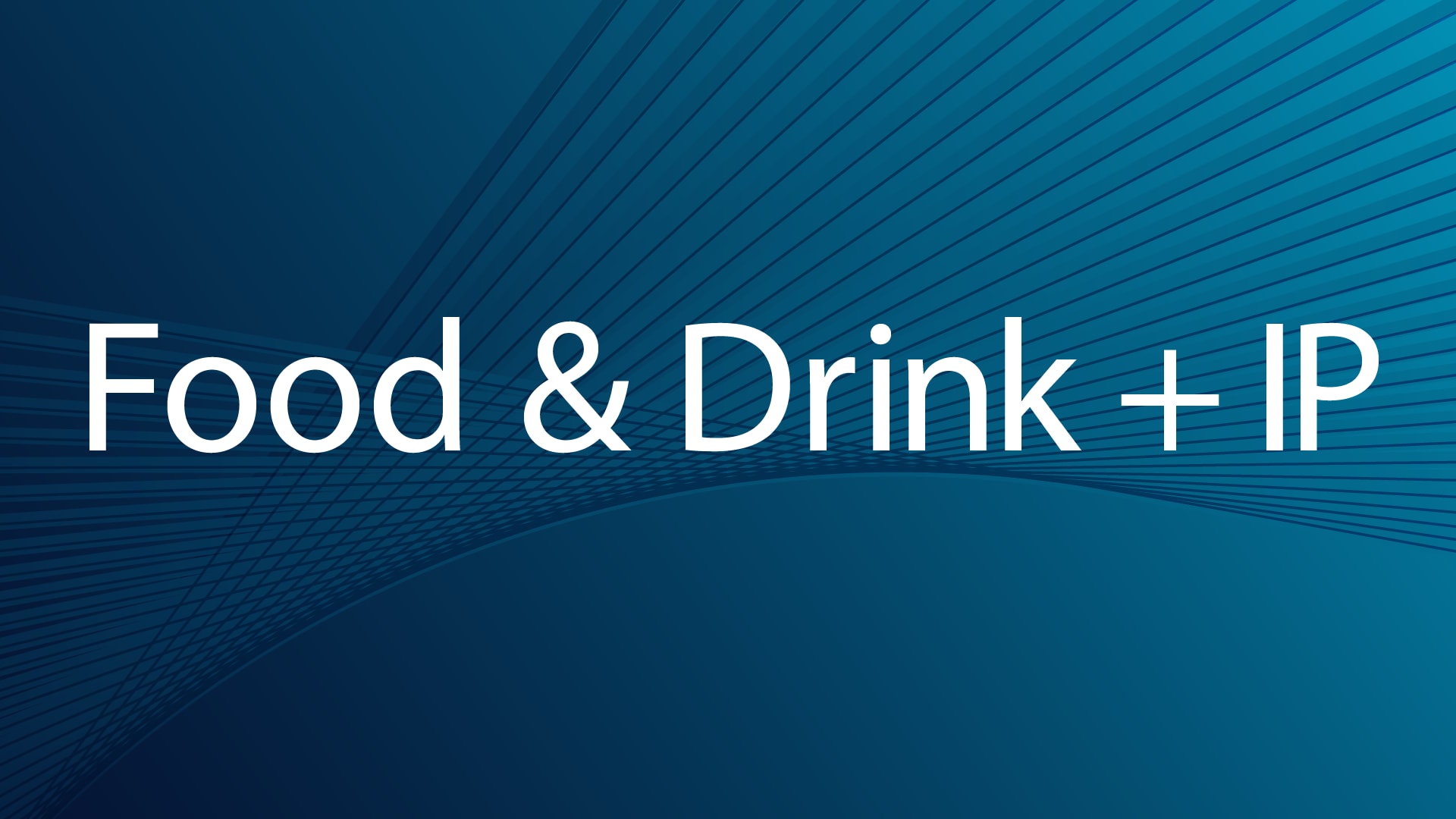Healthcare Scanner
The beginning of the end for functionally defined medical devices?
March 2021
What is the best practice for obtaining patent protection for functionally defined medical devices before the European Patent Office?
The European Patent Office is responsible for granting European patent rights in respect of a multitude of inventions, including medical devices. Generally, a European patent cannot be granted in respect of methods of treatment of the human or animal body, either by surgery or therapy [1]. However, the law stipulates that this exception to patentability does not apply to products, particularly substances or compositions, for use in such methods [2]. The function of this patentability exclusion is to provide medical and veterinary practitioners the freedom to use the best available treatments without being inhibited by a worry that such a treatment might be covered by a patent [3].
A change in practice?
A recent decision of the Board of Appeal [4] has cast doubt on how this exclusion is applied in practice. In this case, the patent under review related to a device for desynchronising neuronal brain activity. The patent included a single independent claim, specifically directed to a device for the treatment of Parkinson’s disease, essential tremor, dystonia, or the like. This group of neurological conditions is characterised by an undesirable synchronisation of activity in two neural subpopulations in the brain. In order to treat such conditions, the device included two electrodes and a controller, the controller arranged to control the electrodes to stimulate the subpopulations of so as to desynchronise them. In essence, independent claim 1 of the patent functionally defined that the device includes a controller to emit a stimulus to the brain via electrodes, thereby causing activity in the brain to desynchronise between two subregions.
An opposition was subsequently filed after grant, which was initially dismissed by the European Patent Office, a decision which was appealed by the Opponent. In the appeal proceedings, the Board of Appeal reviewed the decision and decided that the device, despite being novel, was excluded from patentability as a method of treatment by surgery. The patent was revoked.
In discussing their decision, the Board noted that “the claimed device was inevitably implanted by a non-patentable surgical step, otherwise the distinguishing feature [i.e. the control means for emitting stimuli via the electrodes] would not be able to be implemented”. As such, since implantation into the brain represents a method of treatment by surgery, the subject-matter was considered as excluded.
Avoiding the potential pitfalls from the outset
The decision is interesting in that it suggests that a functionally defined device, which requires a surgical step to implement its function within the body, is excluded from patentability, despite not relating to a method per se. Interestingly, this appears contrary to the established view in the “Case Law of the Boards of Appeal” text [5], which notes that “The fact that some features of the claimed apparatus were functionally defined in relation to the body of the patient did not, in itself, transform the apparatus claim into a method claim”.
However, whilst this case does cause some uncertainty, there are steps that can be taken to avoid such objections, or at least provide possible solutions, from the outset.
- As always during the drafting process, it is crucial that different language is provided in the specification so that any potential objections can be addressed during prosecution by suitable amendment to the claims. This is also true in relation to the exclusion noted above. If a functional definition of the invention is desired, then it is critical to include surrounding language, including structural definitions, in the description. Other language relating to the device prior to use, or prior to implantation or similar into the body, is also useful if a functional definition is to be maintained.
- Whilst discussing amendments it is worth noting the strict added subject-matter approach taken in respect of amendments in Europe – although verbatim support in the application as filed is not strictly required, the European Examiners tend to prefer to follow the language of the specification as originally filed. This is particularly notable for amendments derived from the detailed description of the drawings – as European Examiners often insist on all features of an embodiment to be recited within the independent claims, thereby restricting a patentee’s scope of protection. Therefore, when drafting the application having a functional definition in claim 1, it is critical that “ready to use” claim language is included in the description. This is especially true for US-originating applications, in which amendments during prosecution are typically derived from the detailed description.
- It is also important to remember not only how the invention is claimed, but also how the invention is defined. The European examiners take particular note of “essential” language, such as “must” and “indispensable”, indicating essentiality to the invention, and typically require such indicated features to be included within the independent claims. In order to preempt such objections, and indeed to avoid having to include unnecessary limitations in the claims, it is useful to avoid such language from the outset. Moreover, language relating to implanting or providing the device into the body should be, as far as possible, limited, and instead the invention should be described in terms of the device per se, in isolation of the body, so that the surgical “step” cannot be considered as essential.
Final comments
In summary, the above decision brings some uncertainty in this particular area of European patent law. However, it serves as a useful reminder to include both functional and structural “claim-like” statements in the application as filed, in order to provide suitable auxiliary positions in prosecution and opposition proceedings whilst avoiding unnecessary limitations in the claims.
[1] Article 53(c), first sentence, of the EPC – https://www.epo.org/law-practice/legal-texts/html/epc/2016/e/ar53.html
[2] Art 53(c), second sentence, of the EPC – https://www.epo.org/law-practice/legal-texts/html/epc/2016/e/ar53.html
[3] Enlarged Board of Appeal Decision G1/07 – https://www.epo.org/law-practice/case-law-appeals/pdf/g070001ex1.pdf
[4] Board of Appeal Decision T1731/12 – https://www.epo.org/law-practice/case-law-appeals/pdf/t121731du1.pdf
[5] Case Law of the Boards of Appeal of the European Patent Office, I-B, 4.3.4(c) – https://www.epo.org/law-practice/legal-texts/html/caselaw/2019/e/clr_i_b_4_3_4_c.htm
This article was prepared by HGF Patent Attorney Elliot Stephens.
































